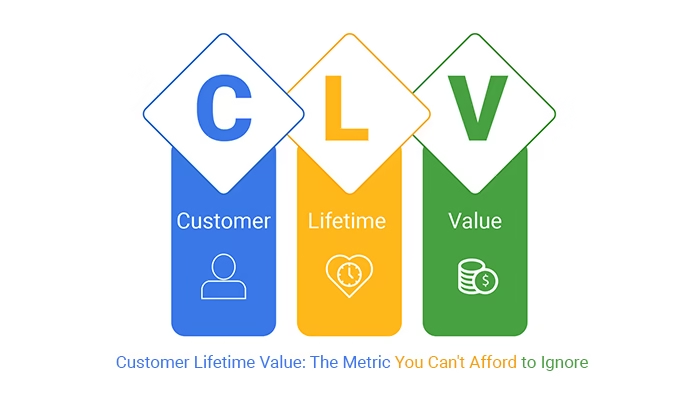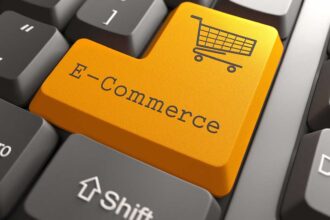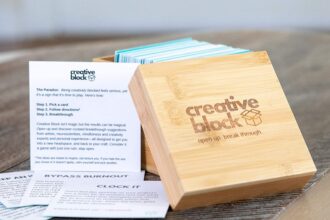Understanding your customer is not enough. You need to know their long-term worth. That is where Customer Lifetime Value comes in.
In 2025, every small business, startup, and even large company must learn how to calculate, track, and grow this number.
It’s one of the most important ways to see how healthy your business really is.
What is Customer Lifetime Value
Customer Lifetime Value is the total amount of money a customer is expected to spend with your business during their entire relationship with you. In simple terms, if someone keeps buying from you for five years, their total spending over that time is their lifetime value.
You are not just looking at one sale. You are looking at the value of the whole journey.
Let’s say someone pays you ₦60,000 every year for your service. If they stick around for five years, their Customer Lifetime Value is ₦300,000. This gives you a clearer idea of how much you can afford to spend to get and keep that customer.
Why CLV Matters So Much in 2025
In 2025, customers have more choices than ever. Ads are more expensive. Attention spans are shorter. Many businesses are losing money because they spend more to get new customers than those customers ever bring back.
Customer Lifetime Value helps you fix this. Instead of chasing new people all the time, you focus on keeping the ones you already have. This leads to more profit, less stress, and better growth.
How to Calculate Customer Lifetime Value
The basic formula is:
CLV = Average Purchase Value x Purchase Frequency x Customer Lifespan
Here is a simple example:
- If your average sale is ₦20,000
- Your average customer buys 4 times a year
- And stays for 3 years
Your CLV = ₦20,000 x 4 x 3 = ₦240,000
With this number, you now know how much a single loyal customer is worth to your business.
Also Read: How Small Businesses Can Compete with Big Brands Online In 2025
How to Increase Customer Lifetime Value
There are a few simple ways you can increase this value without working harder:
- Improve your customer service. People stay longer with brands that care.
- Offer loyalty rewards or referral programs.
- Upsell or cross-sell. If someone buys one product, offer a related one.
- Send useful email tips to keep people engaged.
- Ask for feedback and act on it. It builds trust.
Even small changes can make a big difference. If you increase the average order from ₦20,000 to ₦25,000 and extend the relationship by one more year, your Customer Lifetime Value grows fast.
How to Use CLV in Decision Making
Once you know the Customer Lifetime Value, you can:
- Set better marketing budgets
- Choose which customers to focus on
- Improve products that people love most
- Know when to offer discounts (and when not to)
- Pitch better to investors or partners
You can also compare it to Customer Acquisition Cost (CAC). If it costs you ₦20,000 to get a customer and they are worth ₦250,000 over time, that’s a great deal. But if they are only worth ₦20,000, you are just breaking even or even losing money.
CLV Mistakes to Avoid in 2025
Some businesses only focus on getting new customers. That’s a mistake.
Others use the wrong data or guess the CLV. Another mistake. Always use real numbers. Track how long customers stay, how often they buy, and how much they spend.
Also, don’t treat all customers the same. Some may stay for years. Others only buy once. Segment your customers so you can focus on those with higher lifetime value.
CLV and Technology in 2025
Today, there are tools like CRMs and data dashboards that can help you track and grow Customer Lifetime Value. These tools help you see patterns, understand behaviour, and personalise your offers.
With AI getting smarter, you can even predict which customers are about to leave, and stop them before they do.
Don’t Miss: The 4 Digital Habits That Separate Failing Startups From Scalable Brands
The Bottom Line
Customer Lifetime Value helps you play the long game. In 2025, this matters more than ever. Competition is tough. Ads cost more. People are more selective. The businesses that focus on long-term value, not quick wins, are the ones that grow strong.
If you’re a Nigerian entrepreneur, SME owner, or marketer, this is your moment. Start tracking the value of each customer. Start building deeper relationships. Your profits, brand, and future will thank you for it.





